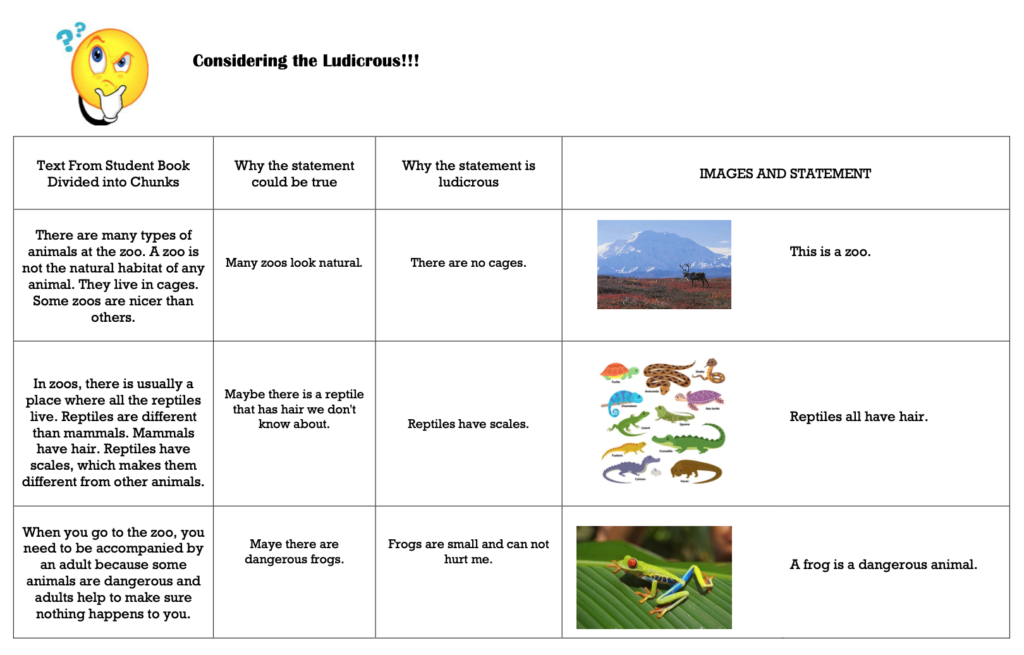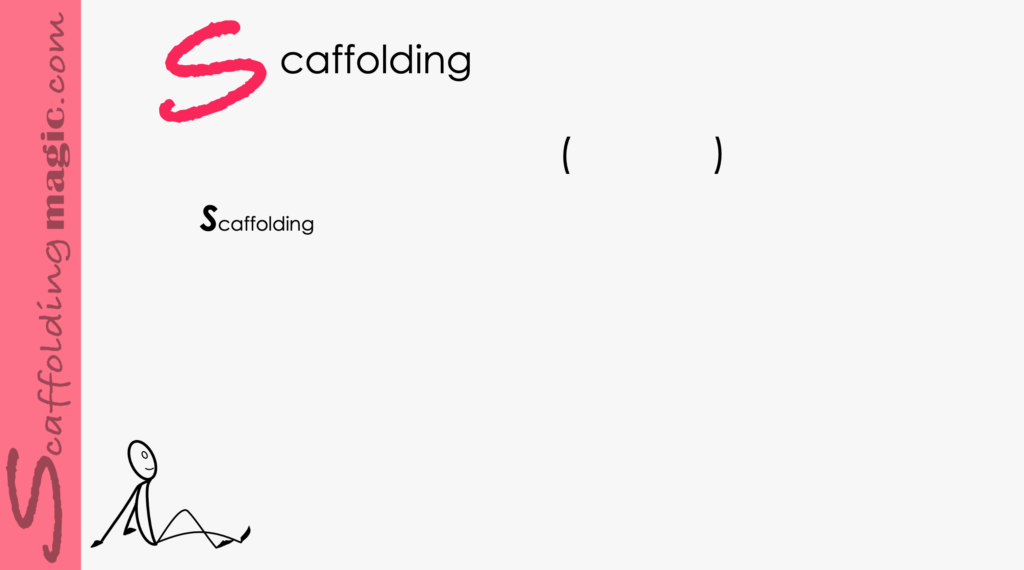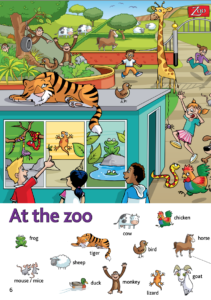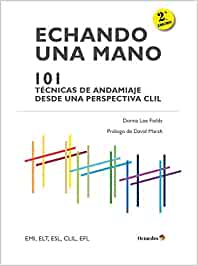You caught a beauty!!!
Download PDF of scaffold here.

Download PDF of scaffold here.
theory behind scaffold…
The use of textbooks is a controversial topic in education. Do they benefit or constrict our teaching? The studies show that they can do either, depending on how they are written and how we use them.
In the best-case scenarios, course books reflect in-depth research on the most effective ways to present information, with accompanying teacher’s books that offer varied ways to scaffold, expand, assess and reflect on the material. There are, however, those publications that reflect less meticulous care in both structure and detail, and these can be less than ideal.
If teachers use the publisher’s books as the sole resource, the students have a good chance of progressing in their studies. On the other hand, if they depend on the Student Book without scaffolding the activities and texts, the information will often be received by the students as dry and almost indecipherable.
The ideal is to use course books as a guide and not exclusive to all other possible sources and to be discerning and critical thinkers. We can augment the effectiveness of the books and add dynamic techniques that can infuse the exercises with more scaffolding, assessments, and attention to varied learning styles with little effort. This scaffold is one way to do just that – adding a bit of fun to the lesson by giving students ludicrous statements to consider and justify where they might find truth in them and also why they are also beyond the pale.
The example below comes from lesson on space. You’ll see how you can quickly adapt the activity for whatever that you are about to begin.
step by step…
- Divide up the text into chunks and place them into a table. (See template.)
- Identify an image from the text that encompasses an overview of the chunked information.
- Write a statement that includes information from the chunked text and the image you’ve chosen and that is absurd (ludicrous).
- Make one copy of the table for each pair of students.
- Students work in pairs to write what about the statement could be true if they stretched their imagination and then why it is actually ludicrous. In both cases, they will be using the information from the text and academic language of the subject in general to express themselves. (See examples below.)

- Formative Assessment/Reflection: Answer the questions from the Question Continuum.

- Do animals like living in zoos?
- Which animals probably have the hardest time living in a zoo?
- Who do you know would like to live in a cage?
- When were zoos created?
- Where are animals most comfortable?
- What is the purpose of zoos? Is it justifiable to have them?
- How we know the difference between different animals?
- Why do reptiles have scales?
- What if you had the chance to work in a zoo. Which animal would you most like to be responsible for?
find more scaffolds here…


Scaffoldingmagic.com is your entryway into DYNAMIC bilingual learning methodologies, such as Phenomenon-Based Learning, CLIL, EMI, and ESL. You’ll find ways to implement critical thinking tools (DOK) to promote higher level thinking, the growth mindset, instill an ethic of excellence, deep reflection on learning, and all through multi-cultural, interdisciplinary activities. We have the keys to turning competences into action and to creating collective efficacy in your school so you move ahead as a unified, enthusiastic team.






